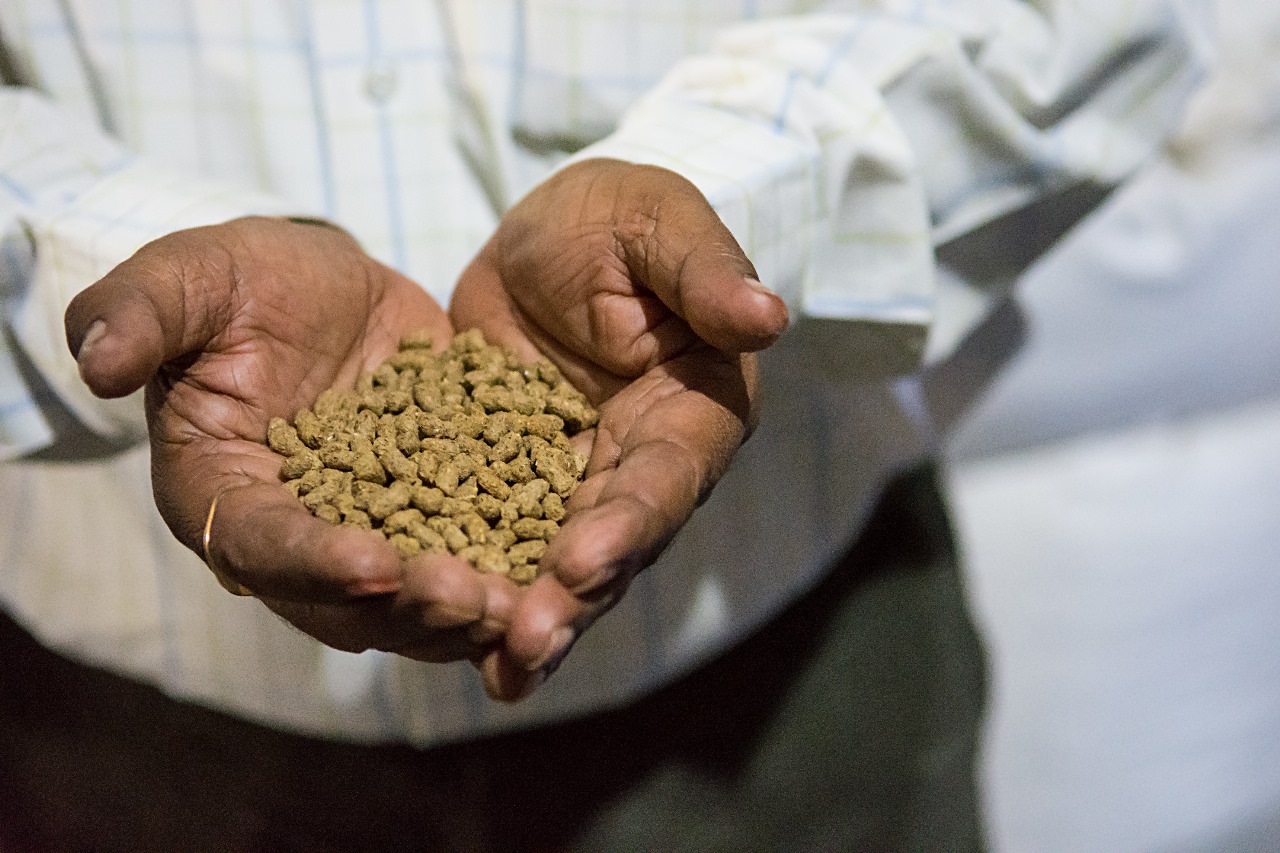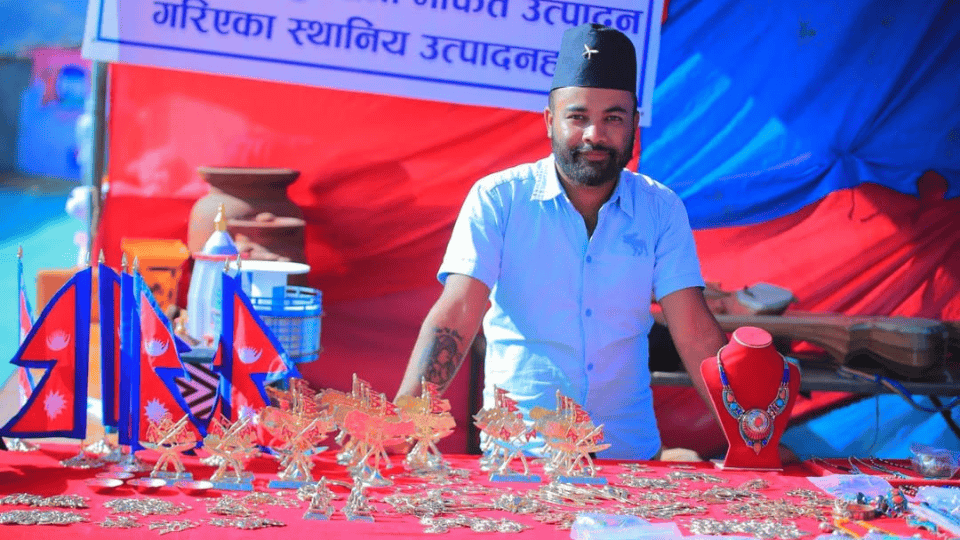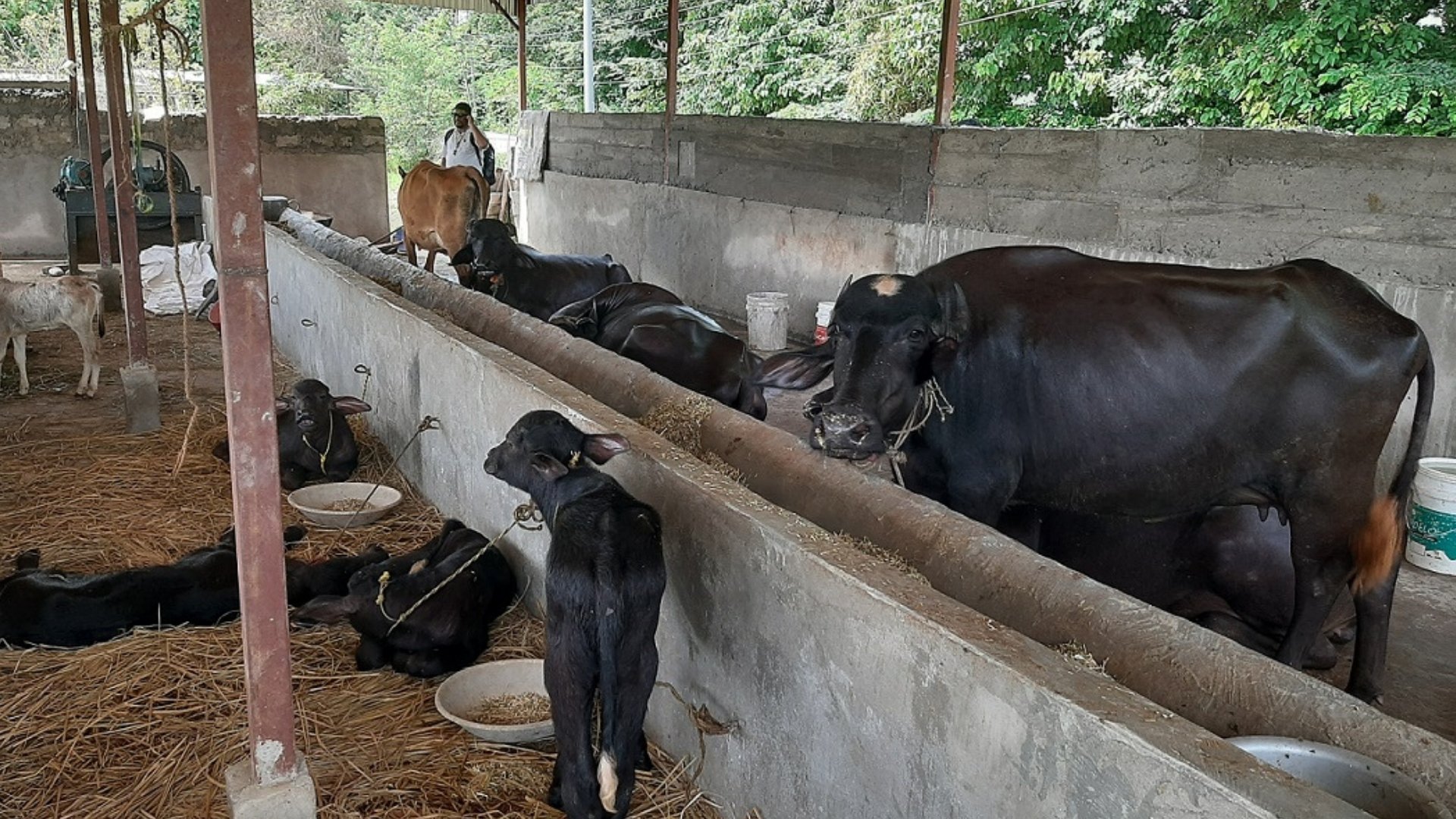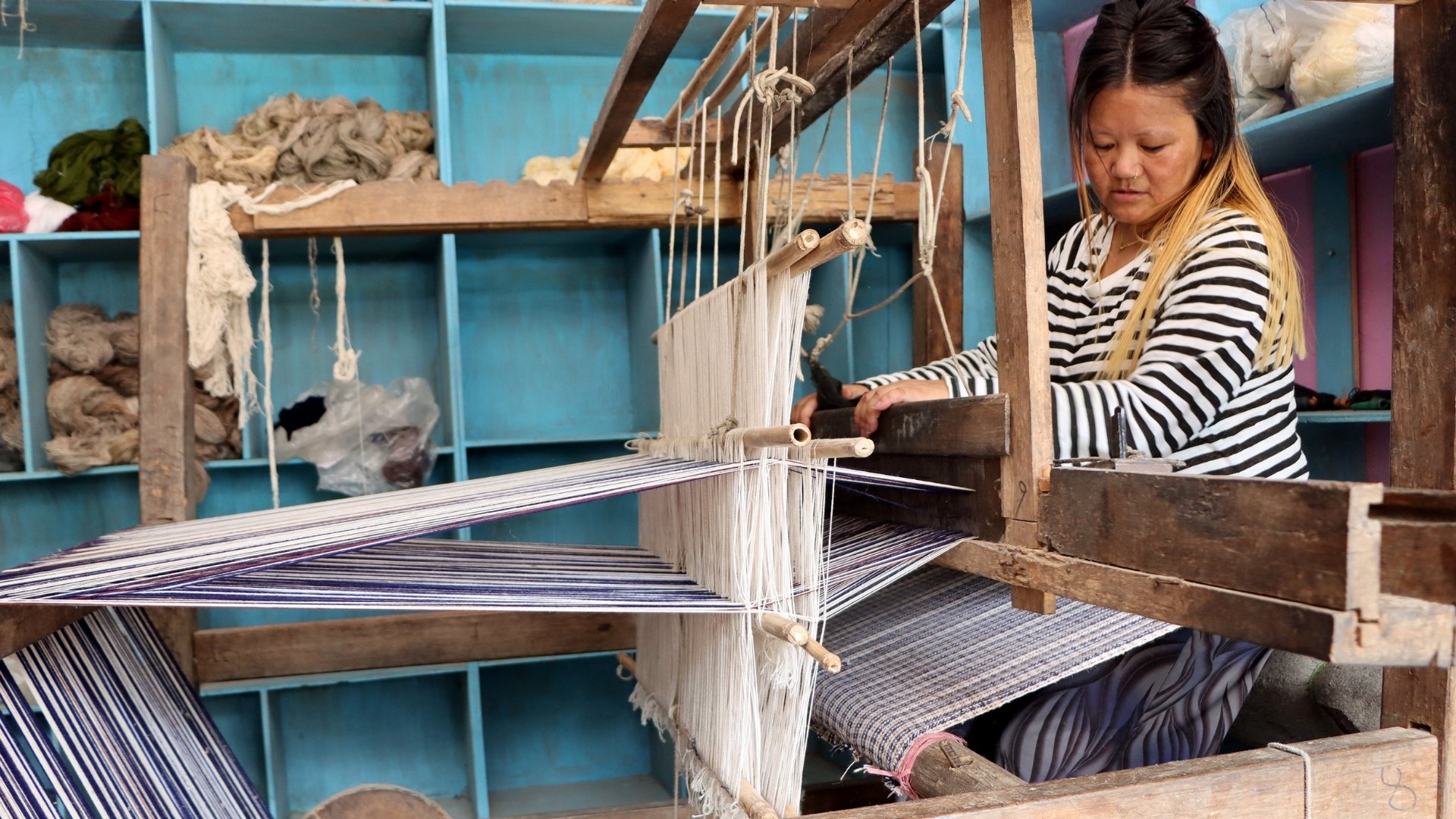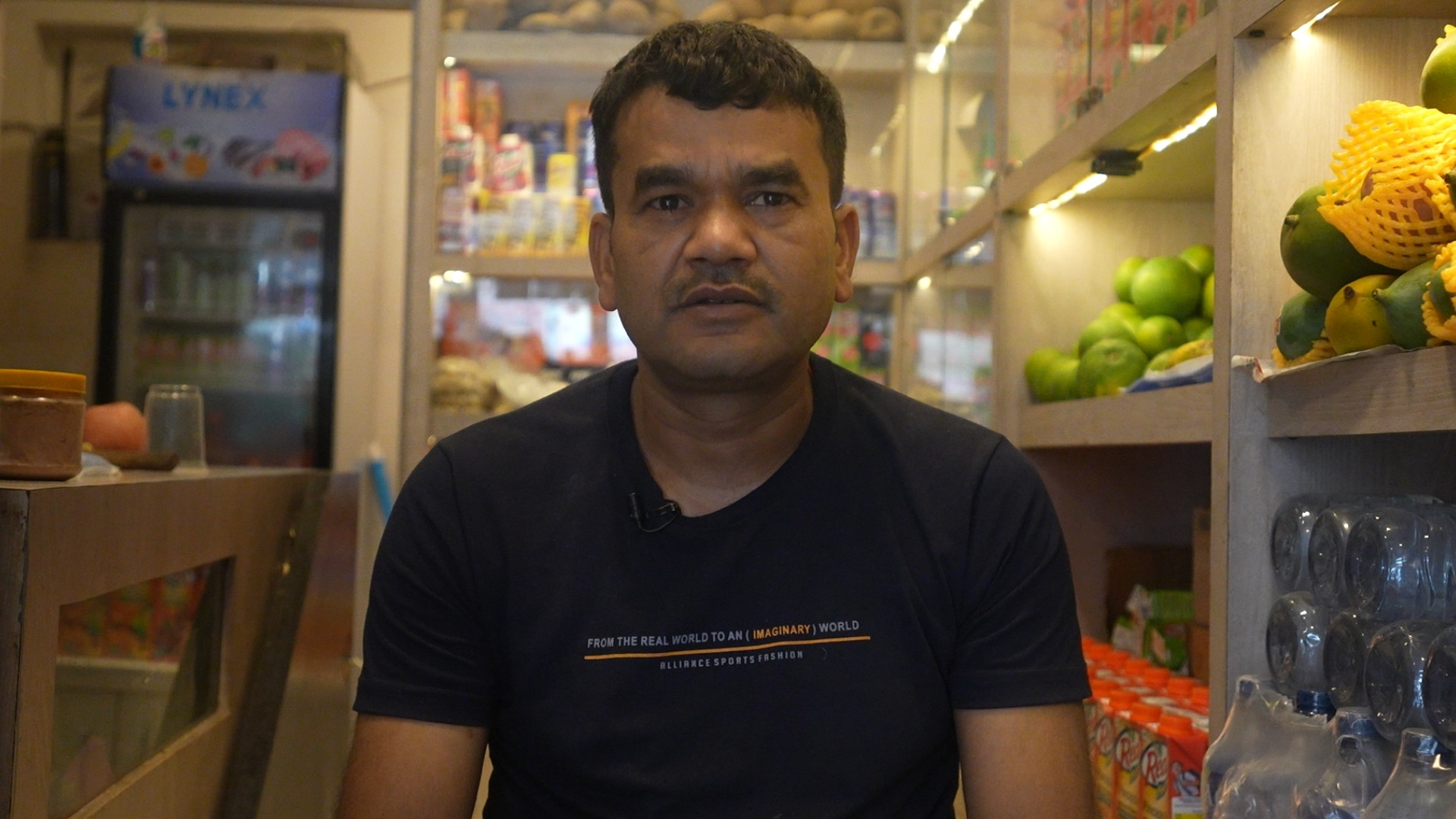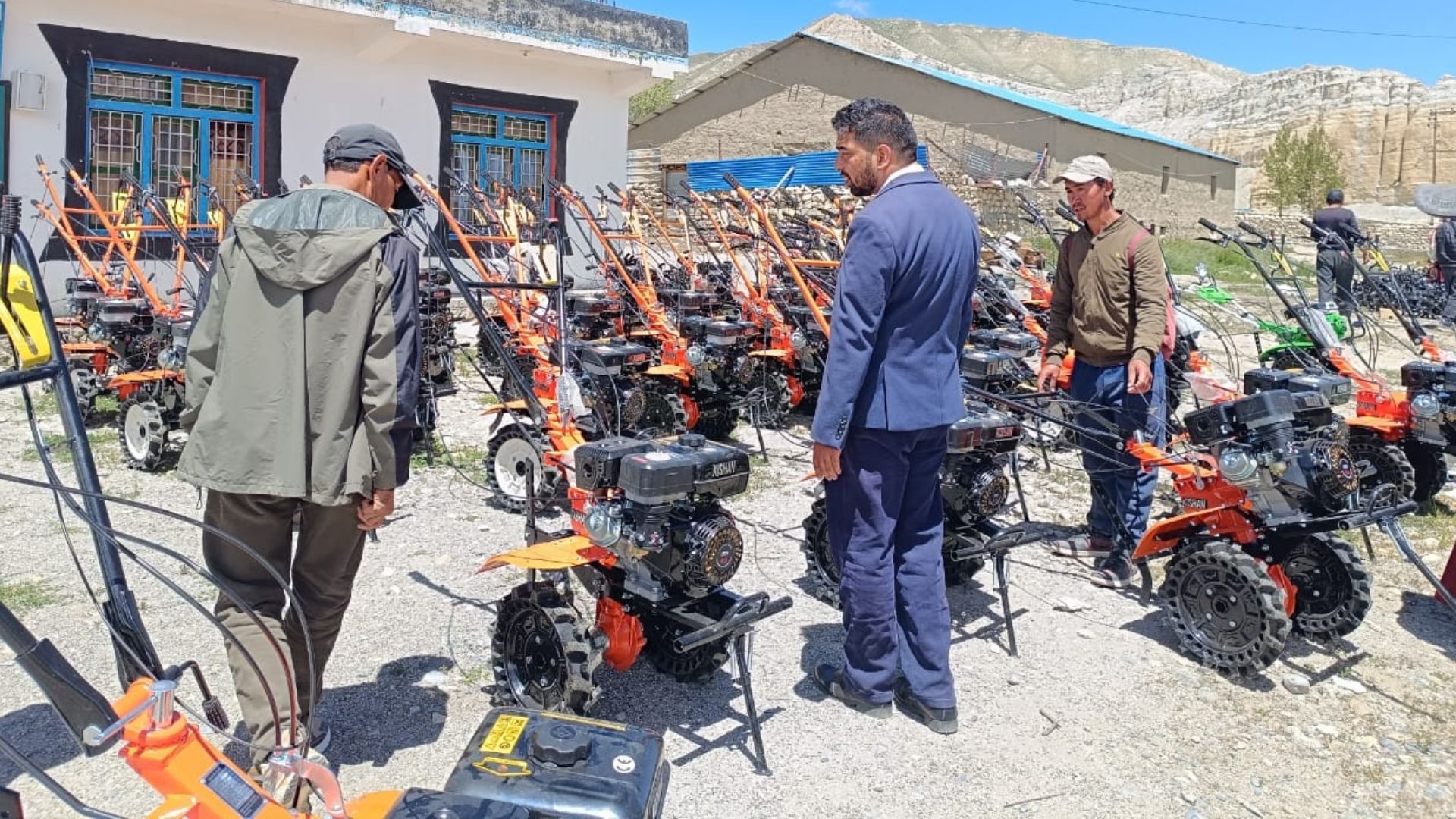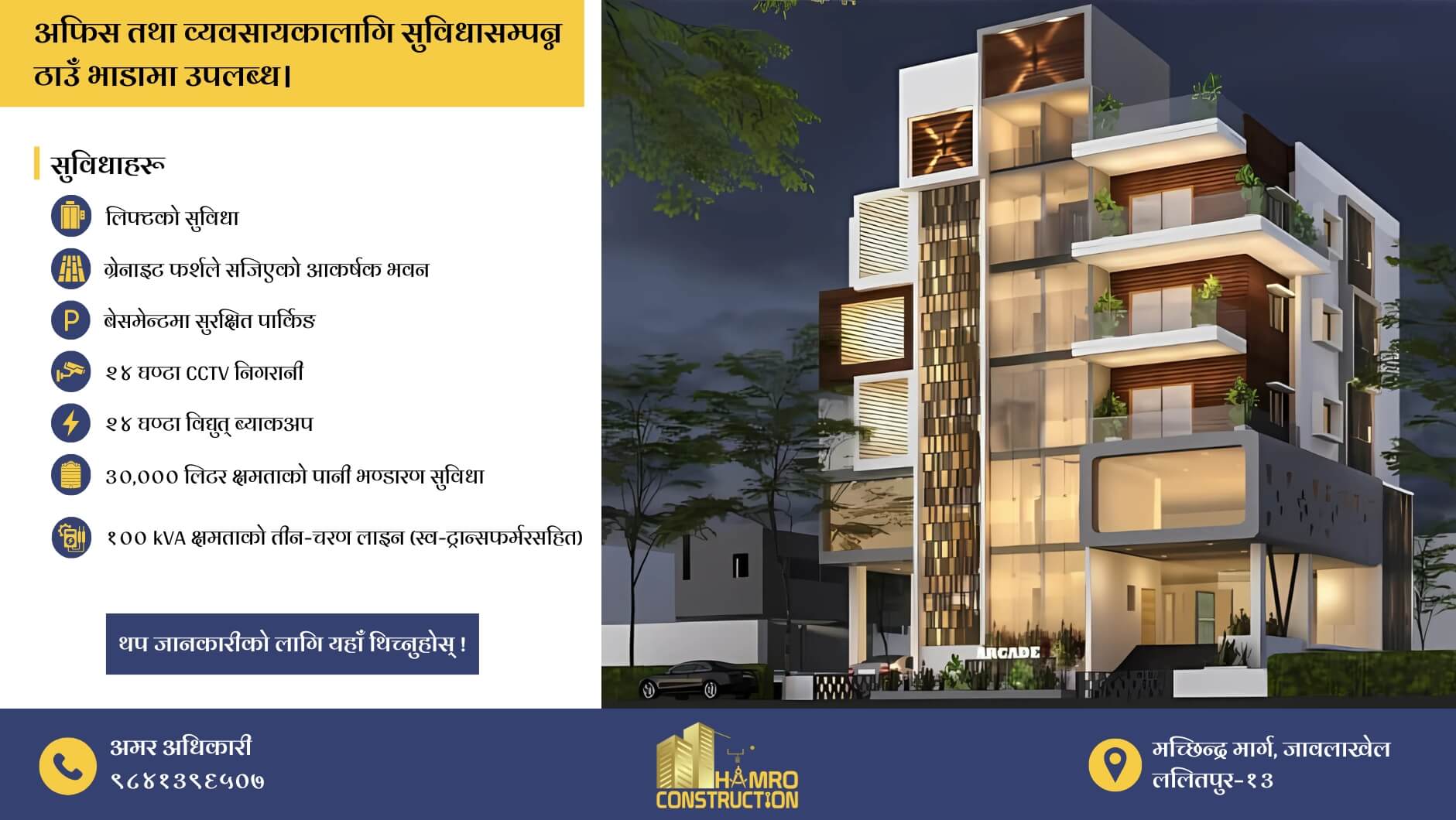Former Finance Minister Barsha Man Pun on May 28 presented the budget for fiscal year 2024/2025 amounting to NRs 1.86 trillion.
The government allocated a budget of NRs 57.29 billion for the agriculture sector (Ministry of Agriculture and Livestock Development) and has declared 2024-2034 as a ‘Decade of Investment in Agriculture’.
If you are into the agriculture sector or agri-business, here is useful information on this year’s budget that can help you in your business decision-making:
Planned program/activities under the Agriculture sector (MoALD):
Promoting Contract Farming: A collaborative effort involving the government, farmers, and businesses to ensure farmers receive fair market prices and access to reliable markets. Grants based on production volume in loans, seeds, and fertilisers, will be provided to agri-firms engaged in sourcing, processing, and exports that supply local farmers with necessary inputs and purchase guarantees.
Utilising Fallow Lands: Government, public, and private lands, including riverside areas, will be repurposed for growing cereals, fruits, vegetables, herbs, and fish and livestock farming.
Collective Farming on Government Lands: Government lands will be made available to promote collective farming initiatives.
Support for Large-Scale Farmers: Interest subsidies, technical assistance, and tax exemptions on machinery imports will be provided to commercial farmers who lease or integrate land areas of over 50 ropanis in the Himalayas and Hilly regions or over 10 bighas in the Terai region.
Investment in Producer Organisations: Initial capital will be allocated to 300 producer organisations located along major highways to support agricultural commercialization and ensure market access for their products.
Aromatic Rice Projects: Seven model projects for aromatic rice cultivation on farms larger than 100 bighas will receive fertilisers, seeds, technical services, concessional loans, and insurance premium subsidies.
Establishing Auction Centres: Auction centres for agricultural produce, livestock, and fruits will be set up in major commercial cities through government and private sector partnerships. Agricultural market areas will be designated for farmers to operate holding yards.
Securing Loans for Agriculture: Provisions will be made to secure loans with agricultural production as collateral. Interest subsidies will also be offered to support the pre-production phase of agricultural and fruit farms facing delayed returns.
Commercial Farming in the Himalayas: Commercial farms will be established in the Himalayan districts of Mustang, Manang, Gorkha, and Dhading for breeding yaks, deer, and other wildlife, in collaboration with the private sector and local communities.
Medicinal Cannabis: Legal provisions will be established to regulate the use of medicinal cannabis.
Key budget highlights under the Agriculture sector:
|
Description |
Budget (In NRs billion) |
| Total agriculture budget (Ministry of Agriculture and Livestock Development) | 57.29 |
| Prime Minister’s Agricultural Modernization Project (PMAMP) | 2.98 |
| Fertiliser subsidy | 27.95 |
| Concessional loans to Producer Organizations | 1.12 |
| Fruit sector development | 1.44 |
| Genetic improvement of cows and buffaloes | 0.8 |
| Promotion of sugarcane farming | 2.25 |
| Subsidies for crop and livestock insurance | 1.65 |
| Agricultural research and development | 3.52 |
Other than the sector itself, the government has also announced different plans, programs, and budgets under different sector heads, which are also expected to impact the sector and sector-related businesses, including startups and MSMEs.


